AI is the future of technology, but it is already very present in our email marketing campaigns.

Artificial Intelligence (AI). It’s one of those big buzzwords in the marketing industry right now, so chances are you’ve heard of it. But how does it really play a role in our daily lives, and how does it impact what we currently do as marketers?
That may be a loaded question. But for the purposes of this article, we’ll take a closer look at the impact of AI on email marketing. Whether you realize it or not, AI is already taking over email marketing.
Title of the diagram: Effects of AI in marketing

Here’s a quick look at the different areas of email marketing that AI can help improve today.
- Identify optimal shipping times
- Improve personalization
- Increase sales with coupons and discounts
- A/B testing to find the right message
Identify optimal shipping times
Shipping times can make or break your open rates. But how do you know when the best time to send emails for your customers?
Sure, you can do a quick Google search and find an endless amount of articles telling you which days and times have the highest open rates, but there’s a better way. With the right email service, you can use the power of AI to develop an algorithm based on the actions of your customers.
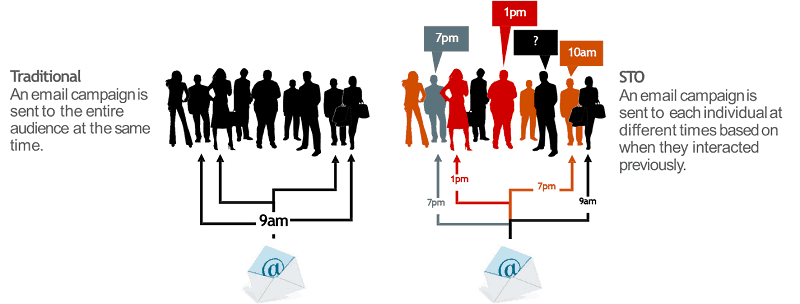
By analyzing the data you have about your customer base, you will know exactly when your customers want to hear from you. You will probably find that there is not just one perfect time, but that there is a different time for each person.
From there, emails can be automatically sent to people based on their preferences. This leads to higher open rates, which hopefully leads to more conversions and sales. Sending one batch of emails every Wednesday at 10am may not be the best way to reach your customers and AI can help you break that habit.
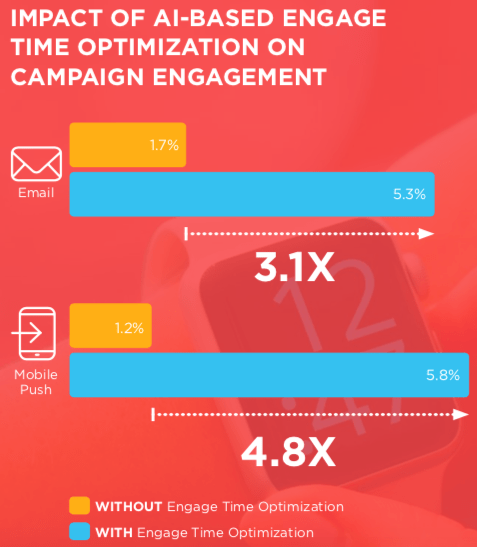
Improve email personalization
Personalization is extremely important and is already a topic of discussion in most organizations. So it’s very likely that you’re already implementing personalization tactics in your email marketing campaigns. Even simple things like using personalization tokens to use customer names and provide them with tracking data about their products are good steps.
But with advances in AI, personalization can be taken to a whole new level. Those marketers who are brave enough to dive in predictive personalization waters will be rewarded in the long run.
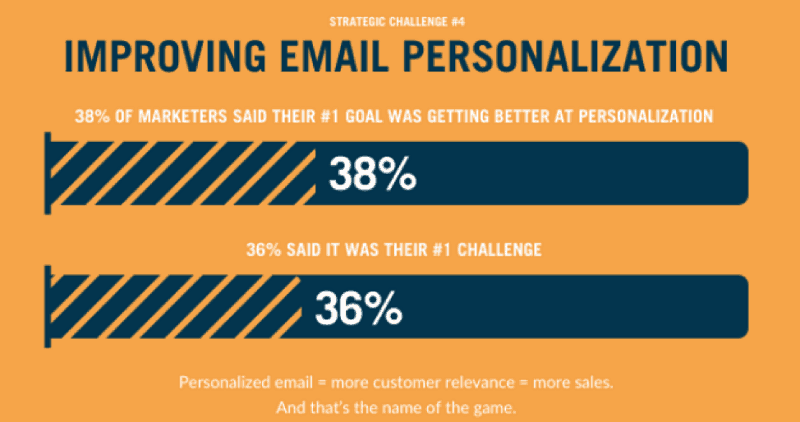
These are the areas we talk about when we talk about predictive personalization:
- Segmentation
- Product recommendations
- Contents
- Send time optimization
- Automation of the customer journey
By understanding your customer base and using these advanced tactics, you can increase sales by 22% and even increase click-through rates to over 80%. Why do we see these numbers? Because you provide your customers with the information they want and communicate with them on a personal level, rather than simply generating automated, machine-defined responses.
How does predictive personalization work? It helps analyze customer behavior and interests to customize a different email marketing program for each customer. AI has the ability to know what information your customers want to receive and what they are more likely to open when they check their inbox.
Of course, this information did not come out of the blue. With every interaction you actually collect this information about your customers. As they work their way through your sales cycle, ask questions and collect the data; the AI system simply processes these.
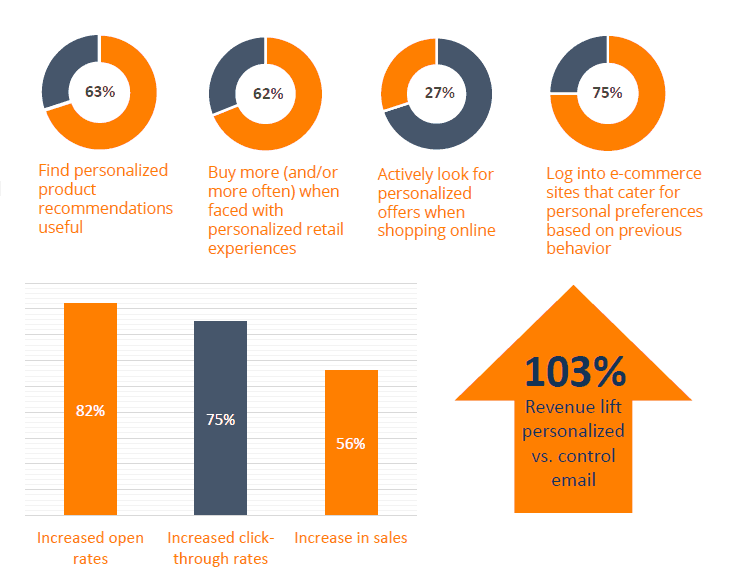
Increase sales with the right discount coupons
This one follows the idea of predictive personalization, but because it has a direct effect on your bottom line, we thought it was important to talk about it. If you knew exactly what products your customers wanted to buy, you could send them offers to entice them to make those purchases, right?
Well, that’s exactly what AI can help you achieve. With all the data available on your customers’ purchasing and browsing habits, you can practically offer them the product they were looking for before they even knew they were looking for it.
AI technology can sift through all your customers’ data and habits to identify which products they might be interested in purchasing. From there you can send coupon or discount emails that apply to these products. Providing personalized discount coupons is motivating 39% of people spend morewhich means you improve sales and make your customers happy with a discount.
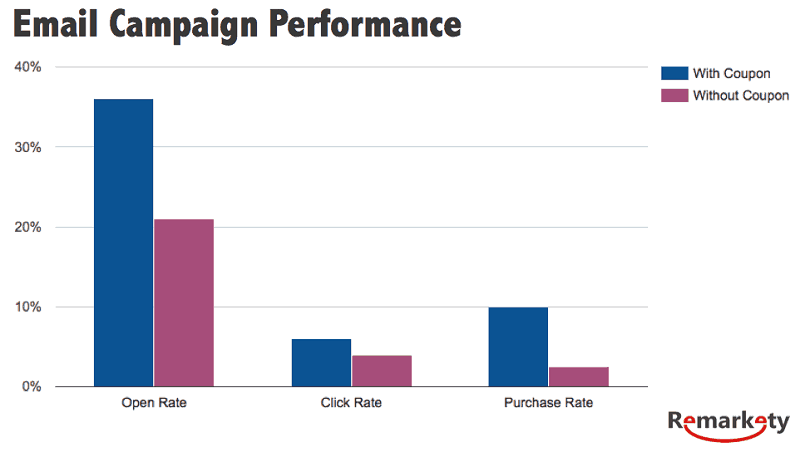
A/B testing to find the right fit
A/B testing has long been a part of email marketing, but is evolving with the help of AI. Testing can now be done entirely through AI tools. You can test subject lines, design elements, calls to action, and product offers.
AI allows you to set specific parameters depending on what you want to test, for how long and for how many people. Once this is met, the system automatically determines which group performed best and sends it to the remaining group.
A/B testing allows you to test, analyze and understand what works best for your customer base. It offers a unique opportunity to see what people want to see from you, how they interact with what you offer and how you can improve it for future email campaigns.
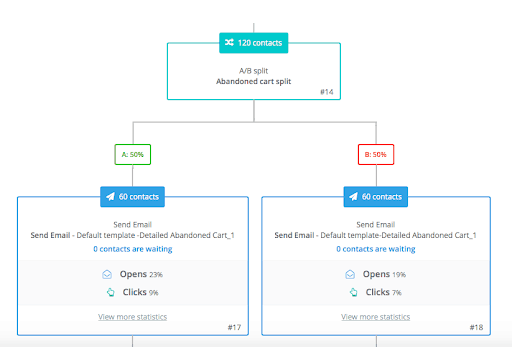
As you can see, AI already plays a huge role in the email marketing we practice today. Your marketing team is probably already using some, if not all, of these techniques to reach your customer base today.
But are you using AI to its full potential? If you haven’t yet taken the time to optimize shipping times or implement predictive personalization into your marketing plan, now is the time to take a second look and determine where you want to differentiate yourself.
The question that always comes with AI technology is what comes next. We know that AI is not slowing down and that it will continue to help us understand our customers and improve our marketing. Now all you have to do is stay ahead, get on the AI bandwagon, and stay ahead of the competition as new technology emerges.



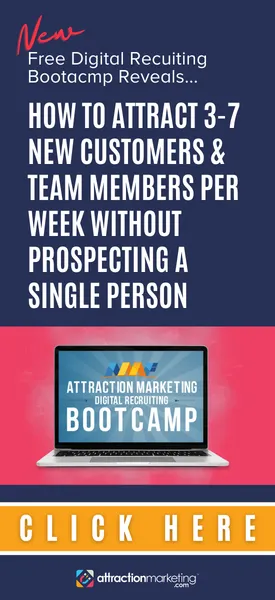










Leave a Reply